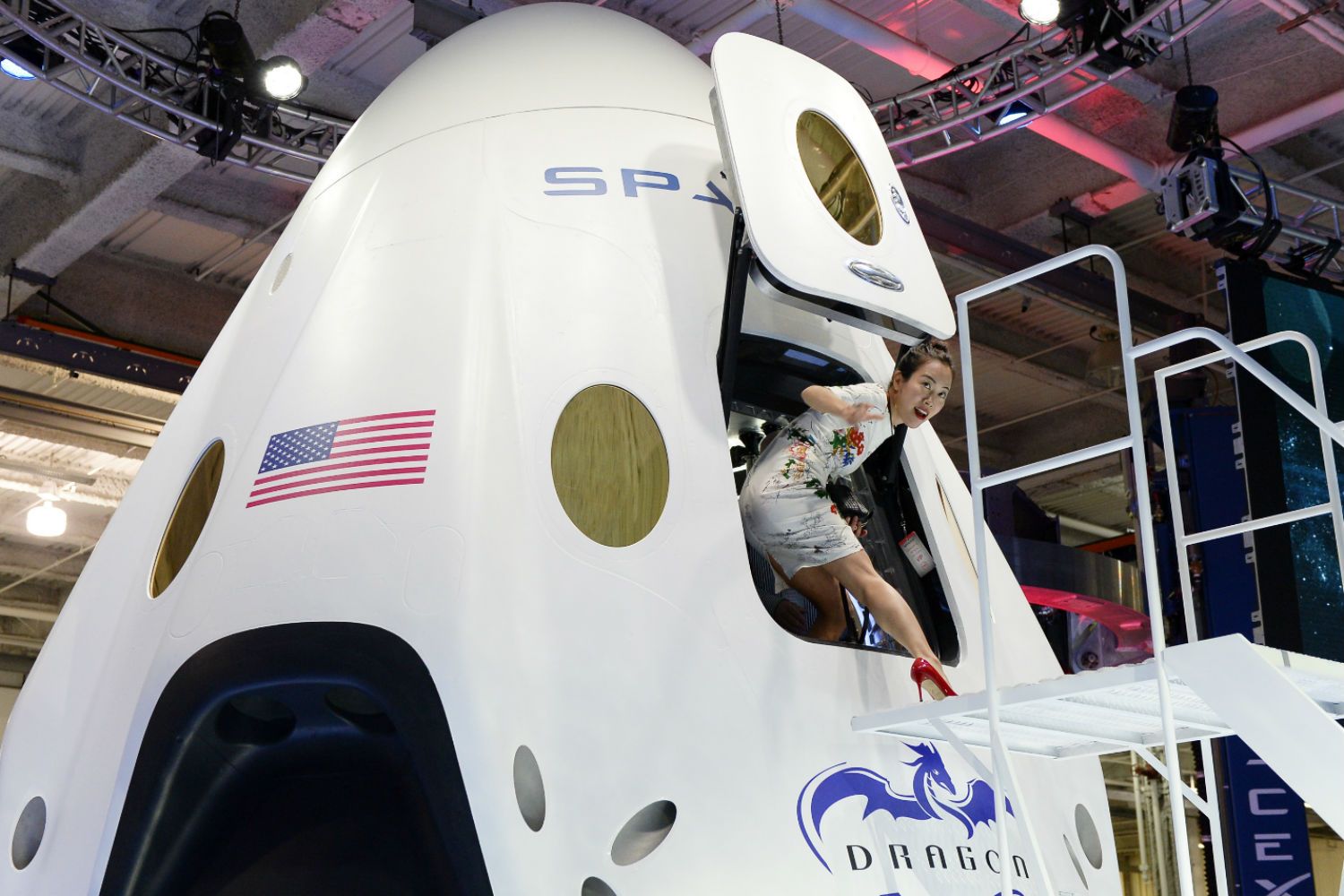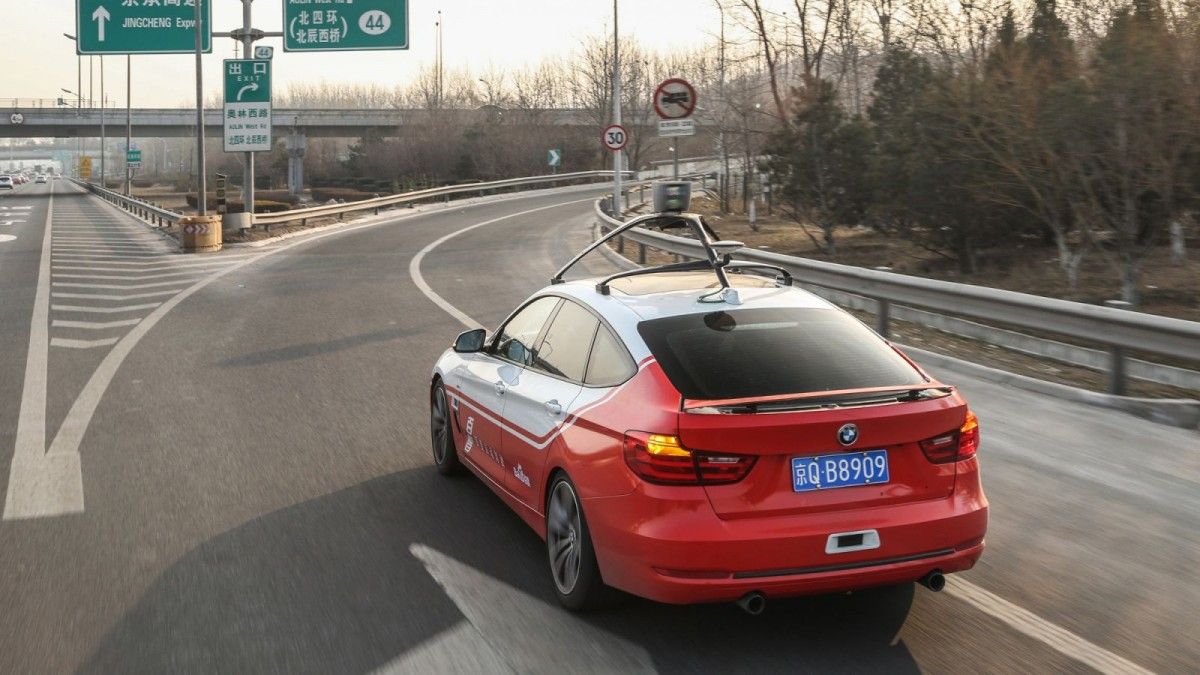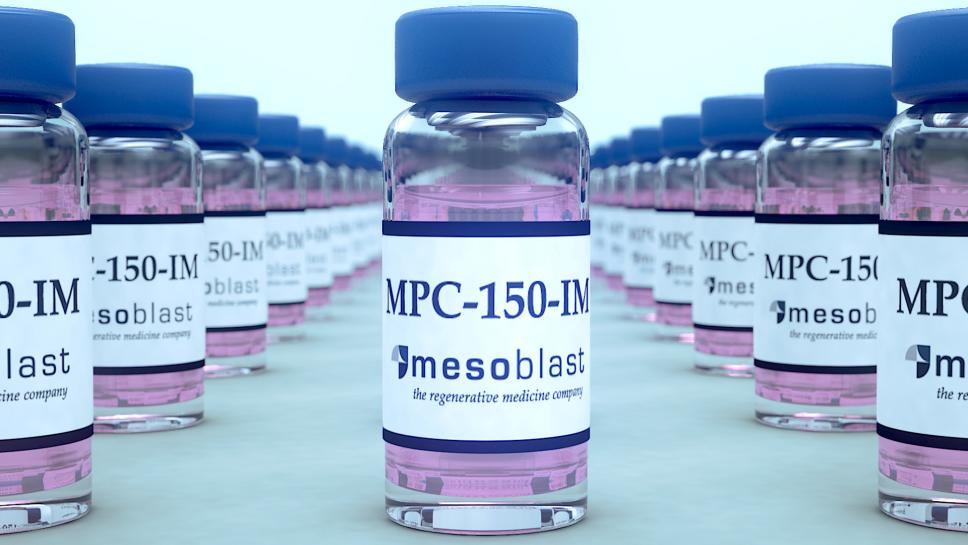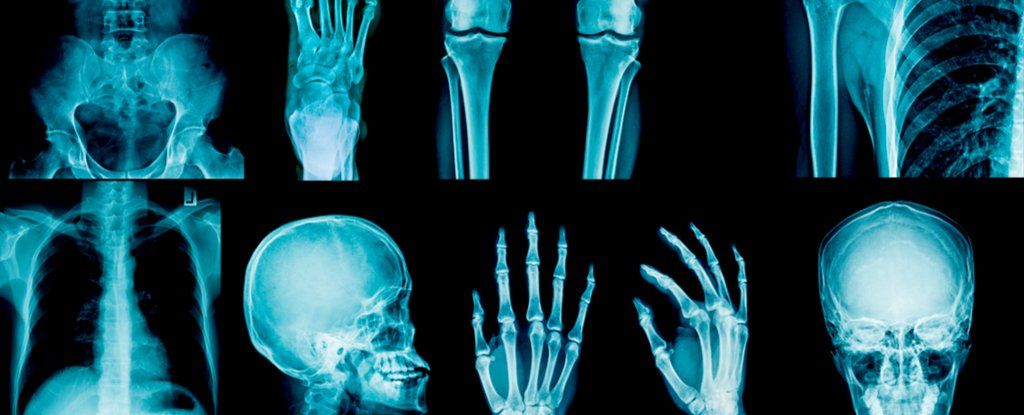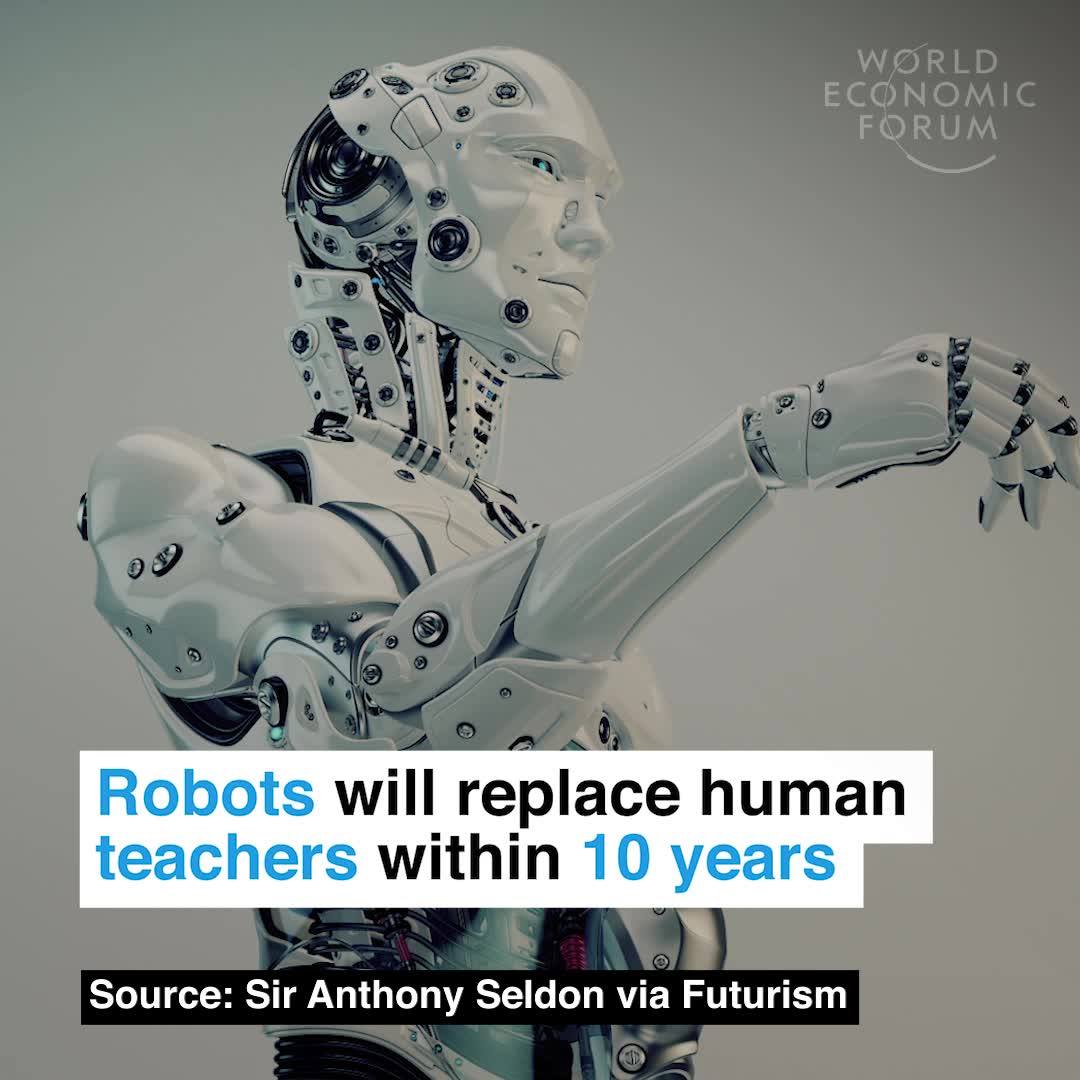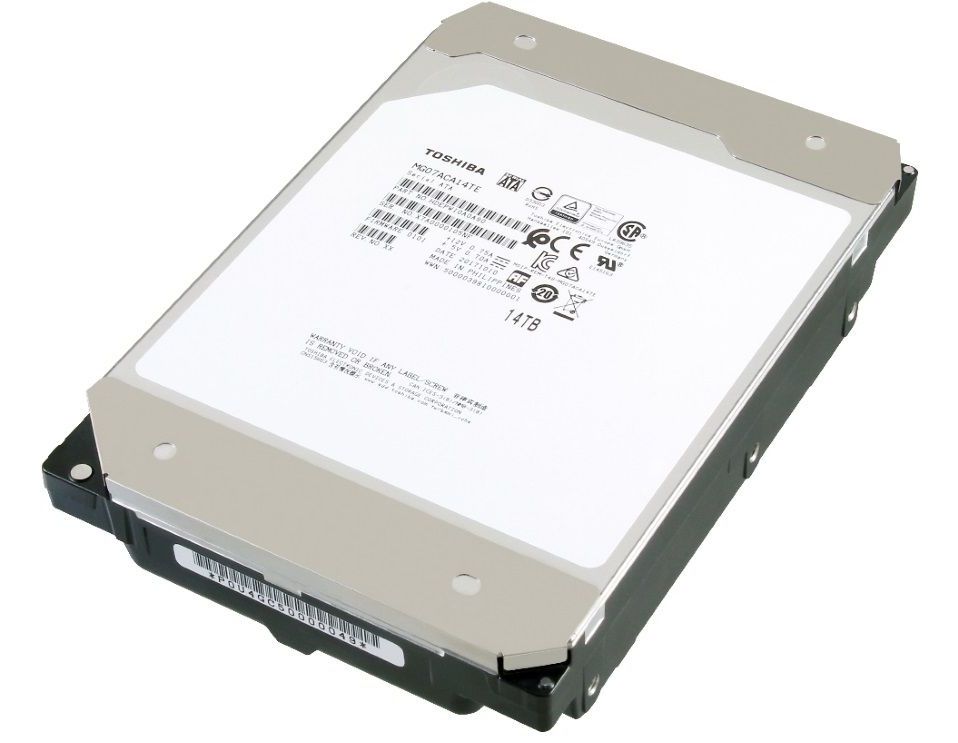Page 9146
Dec 18, 2017
China Is Opening Up City Roads for Driverless Cars
Posted by Dan Kummer in categories: robotics/AI, transportation
Drivers in Beijing, beware: soon, you’ll be driving alongside autonomous vehicles.
On Monday, Beijing’s Municipal Commission of Transport announced (Chinese) provisional regulations for testing self-driving cars on city roads. Companies that are registered in China and have tested self-driving cars in enclosed spaces can now apply for permission to test their vehicles on Beijing’s bustling roads.
It certainly won’t be the first city in Asia—or the rest of the world—to embrace autonomous vehicles: self-driving startup nuTonomy already operates in Singapore, and several U.S. cities are home to the cars of Uber, Waymo, and others. But the news is the latest sign of China’s commitment to making autonomous vehicles a reality, in hopes of alleviating congestion on city streets and becoming a leading technology power.
Continue reading “China Is Opening Up City Roads for Driverless Cars” »
Dec 18, 2017
Tiny stem cell companies close in on major heart disease goals
Posted by Dan Kummer in category: biotech/medical
NEW YORK (Reuters) — The early hope that stem cell therapy would make the paralyzed walk, the blind see and cure diabetes have given way to a long list of failures, highlighted by early stem cell champion Geron Corp abandoning the field in 2011.
But two small companies, Athersys Inc and Mesoblast Ltd, are beginning final stage trials in hundreds of patients that they — along with loyal investors — say could change the course of devastating stroke and heart failure.
Both have overcome major hurdles to manufacturing stem cell treatments on a large scale that are off-the-shelf products derived from healthy donor bone marrow and do not face immune system rejection issues.
Continue reading “Tiny stem cell companies close in on major heart disease goals” »
Dec 18, 2017
A startup uses quantum computing to boost machine learning
Posted by Klaus Baldauf in categories: quantum physics, robotics/AI
Dec 18, 2017
We Can Have Modest Healthspan Or We Could do Better
Posted by Steve Hill in categories: biotech/medical, life extension
The topic of healthspan is increasingly being raised in the popular media, but what does it really mean? Simply put, healthspan means the period of your life in which you remain healthy and free from age-related diseases. The Roman poet Virgil once said “The greatest wealth is health”, so the concept of healthspan was something valued as far back in time as then.
Today, we are going to take a look at how we have been trying to increase human healthspan in the past and what science is doing now to take us to new frontiers of health through a new approach to medicine called rejuvenation biotechnology.
So, why is healthspan becoming such a popular saying, and why is it appearing frequently in articles and in other media now? Quite simply, the advances in our understanding of the aging processes and our ability to do something about them has reached the point at which taking measures to increase healthspan is now plausible.
Dec 18, 2017
Canadian QEYSSat Quantum Satellite Program Gets Next Round of Funding
Posted by Klaus Baldauf in categories: economics, encryption, government, quantum physics, space travel
The Canadian Space Agency (CSA) has awarded $1.85M contract to the University of Waterloo for the Quantum Encryption and Science Satellite (QEYSSat) mission.
The QEYSSat mission was one of two projects cited in the 2017 budget when it was unveiled in March of this year. In April, the government sent Innovation Science and Economic Development (ISED) Minister Navdeep Bains to the CSA’s headquarters to formally announce the funding for the QEYSSat mission along with funding for a radar instrument that will be developed for a future orbiter mission to Mars and to announce the Canadian CubeSat Project. The $80.9M of funding would be over five years.
A short history of the QEYSSat mission.
Continue reading “Canadian QEYSSat Quantum Satellite Program Gets Next Round of Funding” »
Dec 18, 2017
With FCC Net Neutrality Ruling, the U.S. Could Lose Its Lead in Online Consumer Protection
Posted by Derick Lee in categories: government, internet
The internet may be an international system of interconnecting networks sharing a rough global consensus about the technical details of communicating through them – but each country manages its own internet environment independently. As the U.S. debate about the role of government in overseeing and regulating the internet continues, it’s worth looking at how other countries handle the issue.
As the U.S. weakens its protections for internet users, it risks falling behind the rest of the world.
- By Sascha Meinrath, Nathalia Foditsch, The Conversation US on December 14, 2017
Dec 17, 2017
This Italian Family Feels No Pain, And Scientists Finally Understand Why
Posted by Shane Hinshaw in category: genetics
Scientists have identified a mysterious genetic mutation that effectively negates the sensation of pain, enabling people with the rare anomaly to persevere effortlessly through extreme physical discomfort.
The gene variant – identified in an Italian family who feels almost no pain even when seriously injured – could help scientists find new treatments for chronic pain that mimic the family’s unusual gift.
“We have spent several years trying to identify the gene that is the cause of this,” molecular biologist James Cox from University College London told The Independent.
Continue reading “This Italian Family Feels No Pain, And Scientists Finally Understand Why” »
Dec 17, 2017
Robots will replace human teachers within 10 years
Posted by Dan Kummer in category: robotics/AI
Dec 17, 2017
Toshiba’s New 14TB Helium Hard Drive Sets Capacity Records
Posted by Shailesh Prasad in category: computing
The flip side is there’s only a tiny storage density improvement in play here; Toshiba is using 1.56TB platters, while its competitors are back on ~1.5TB. Shoving more platters into a drive while retaining a 3.5-inch form factor is mechanically impossible after a certain point. And while hydrogen gas is only about half as dense as helium, that’s still a much smaller improvement than what helium offered compared with Earth’s atmosphere.
The MG07ACA14TE (14TB) and the MG07ACA12TE (12TB) are both 7200 RPM drives with SATA 6G support. The 14TB drive is rated for 260MB/s of sequential read performance, while the 12TB drive is rated for 250MB/s. Toshiba has talked about a 16TB drive, according to Anandtech, but that much space would require roughly 1.8TB platters, a significant jump over what the company is using today.
Seagate has pledged to bring the next leap in recording technology, Heat-Assisted Magnetic Recording (HAMR) to market, alongside helium-filled drives of at least 18TB. Those drives could be on the market as soon as 2018. Western Digital is backing a technology known as MAMR (Microwave-Assisted Magnetic Recording), in which microwave fields emitted by a spin-torque oscillator allows drives to use weaker magnetic fields when writing data. This is supposed to boost densities up to 4.5Tbits/inch over time, which would theoretically enable 40TB hard drives, eventually. MAMR may be ready by 2019, though all timelines should be taken provisionally; some of these technologies have been in the works for a decade or more.
Continue reading “Toshiba’s New 14TB Helium Hard Drive Sets Capacity Records” »
